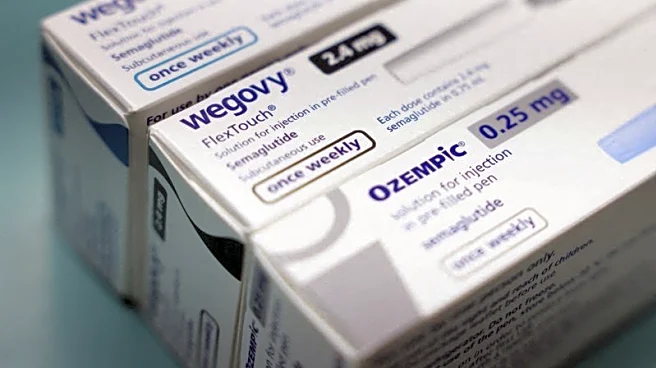What's Happening?
Cambrex, a leading pharmaceutical company, has announced a $120 million investment to expand its active pharmaceutical ingredient (API) manufacturing capacity at its Charles City, Iowa facility. This expansion
will increase the site's large-scale manufacturing capacity by 40%, reaching nearly one million liters. The Charles City facility, located on a 45-acre site, produces a wide range of APIs and pharmaceutical intermediates, including highly potent molecules and controlled substances. Cambrex's investment is aimed at supporting the growing demand for US-based supply chains for critical therapies, ensuring long-term stability in pharmaceutical manufacturing within the United States. This move is part of Cambrex's ongoing strategy to enhance its drug development and manufacturing network, following previous expansions in Iowa, North Carolina, and Massachusetts.
Why It's Important?
The expansion of Cambrex's API manufacturing capacity is significant for the US pharmaceutical industry, as it addresses the increasing demand for domestic production of critical therapies. By bolstering its manufacturing capabilities, Cambrex is contributing to the resilience and reliability of the US pharmaceutical supply chain, which has become a priority in light of recent global supply chain disruptions. This investment not only supports the production of essential medications but also aligns with broader efforts to reduce dependency on foreign manufacturing. The expansion is likely to benefit patients who rely on these therapies, as well as pharmaceutical companies seeking reliable manufacturing partners within the United States.
What's Next?
As Cambrex moves forward with its expansion plans, the company is expected to continue investing in its facilities to meet the evolving needs of the pharmaceutical industry. The increased capacity at the Charles City site will likely attract more clients seeking US-based manufacturing solutions. Additionally, Cambrex's commitment to expanding its capabilities may prompt other pharmaceutical companies to enhance their domestic production capacities, further strengthening the US pharmaceutical manufacturing sector. Stakeholders, including government agencies and healthcare providers, may closely monitor these developments to ensure that the expanded capacity translates into improved access to critical therapies for patients.














